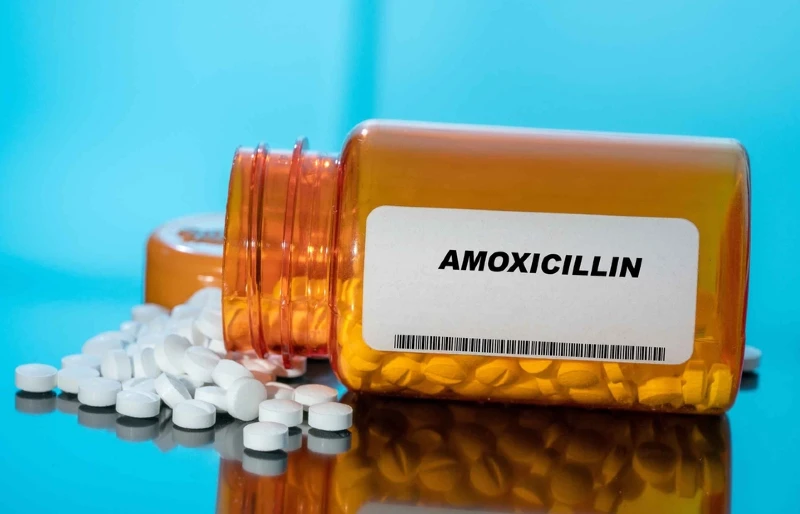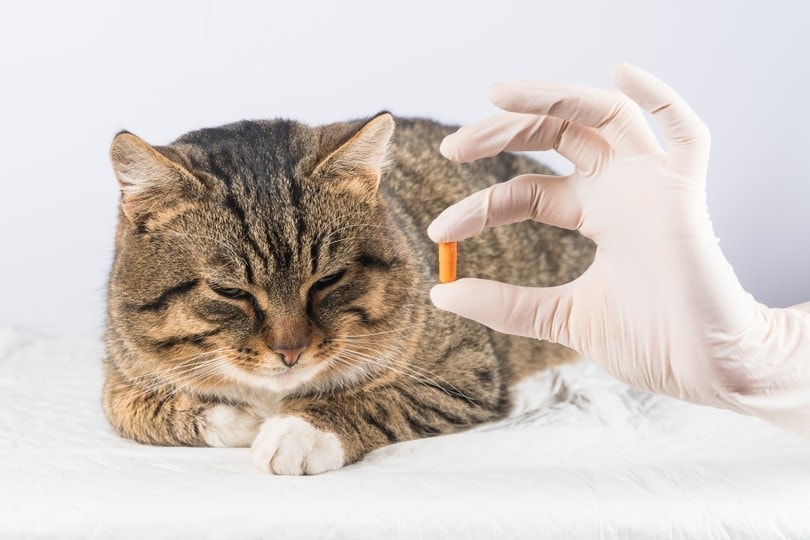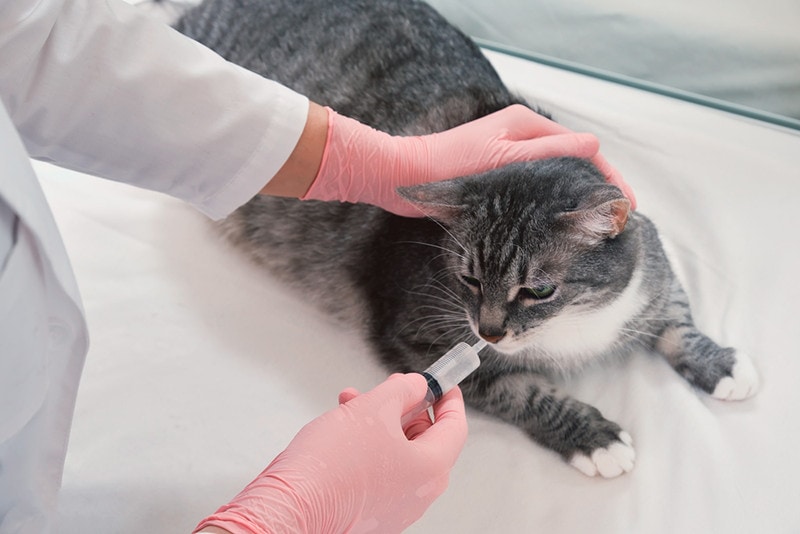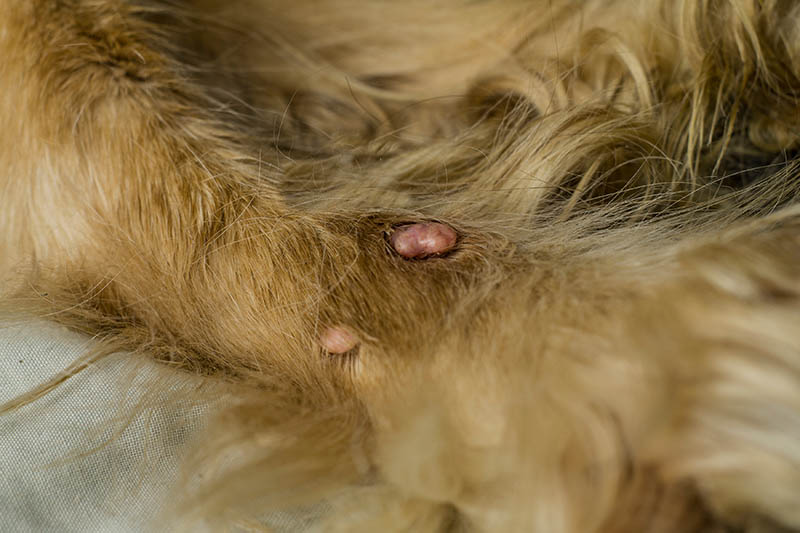Amoxicillin for Cats: Uses, Dosage & Side Effects (Vet Answer)
Updated on

One of the most important medications for a cat owner to recognize is amoxicillin. It’s used commonly to treat many conditions and is the first line of treatment for many cat infections.
It comes in many forms, can be mixed with other items to create a second, different medication, and is all-around super useful to know how to give and when. Read on to learn more.
What Is Amoxicillin?
Amoxicillin is an antibiotic, specifically a time-dependent, bactericidal, cell wall synthesis inhibiting antibiotic. There’s a lot in that statement, so we’ll break it down.
Time-dependent antibiotics rely on the time they’re exposed to the bacteria, rather than the dose, to do their job. It’s important to give this antibiotic at the correct intervals as it must be introduced at the right time to keep the concentration where it needs to be to kill the bacteria it’s fighting. For amoxicillin in cats, that’s every twelve hours.
Bactericidal antibiotics can kill the already present bacteria, as opposed to others that stop them from reproducing further. This can help produce quick healing times.
Bacteria have a cell wall, which keeps all their innards well inside. Amoxicillin attacks an enzyme that produces a component of a bacterium’s cell wall, causing defects to form, breaking open the bacteria, and killing it. If the bacteria doesn’t contain a feature that makes it resistant to this, it can be killed.
Common infections that amoxicillin is used to fight include urinary tract infections, respiratory infections, infected wounds, skin infections, and abscesses. The most common condition to not use it for is diarrhea.

How Is Amoxicillin Given to Cats?
Amoxicillin comes in tablets, capsules, or a liquid suspension, all given orally. In cats, it is almost always given as an oral liquid.
A compounding pharmacy can also change the form of this medication into other things, like treats or topical creams.
Amoxicillin doesn’t have an injectable form. Instead, we use ampicillin, which has the exact same spectrum of bacteria coverage, but ampicillin isn’t very absorbable by mouth. This means we use ampicillin if a cat is hospitalized through an IV and amoxicillin at any other time.
Amoxicillin oral liquid is best given directly into the mouth but can be mixed into foods to hide it. It can be made available in several flavors to help with this too.
What Happens If You Miss a Dose?
The dosing schedule is important for amoxicillin since that’s what keeps it killing bacteria. If a dose is missed, it gives the bacteria a chance to adapt against the antibiotic, as a rise in bacteria resistant to the antibiotic can occur.
If you miss a dose, give another as soon as you realize it was missed, and then continue giving the medication about every twelve hours, though you can deviate in small increments to get yourself back onto your intended schedule so you’re not getting up in the middle of the night to give it.
If it will be too hard to get back on schedule, just skip the missed dose and give the next one at the planned time.
Do not double a dose to make up for missing one.

Potential Side Effects of Amoxicillin In Cats
The most common side effects of amoxicillin are all related to the gastrointestinal (GI) tract. These include loss of appetite, vomiting, or diarrhea. Antibiotic-associated diarrhea can occur with this medication because amoxicillin can kill many of a cat’s normal gut bacteria. Probiotics may help avoid these signs.
In cats, hypersensitive to amoxicillin, allergic reaction-type signs such as hives, itchiness, facial swelling, red skin, and fever may be seen.
Other side effects of amoxicillin are very rare and generally not a concern.
GI side effects that are seen may be eased or prevented by giving amoxicillin on a full stomach or slightly reducing the dose. Some cats also adapt to the antibiotic and only show signs in the first days or so. Do not change the dose of this medication without consulting a veterinarian.
Frequently Asked Questions (FAQs)
Can I give my cat human-grade amoxicillin?
You should never give your cat amoxicillin prescribed to you, but you may find the amoxicillin you pick up for your cat matches what you also have, especially liquid suspensions given to kids.
What is the difference between pet amoxicillin and human amoxicillin?
While there isn’t a difference in amoxicillin for these two species, amoxicillin’s cousin, amoxicillin-clavulanate, is available as Clavamox for pets and Augmentin for people, with some slight differences in tablet sizes between the two, although they’re the same medication. Amoxicillin with clavulanic acid added makes it effective against a few more types of bacteria.

Why do vets prescribe amoxicillin?
Amoxicillin is considered a broad-spectrum antibiotic, meaning it works against many different types of bacteria and is useful in fighting many of the most common infections seen in cats, in addition to being available in an oral liquid form that is usually easiest to give cats.
Is amoxicillin the best antibiotic for upper respiratory infections in cats?
While it can be effective and is frequently used for many upper respiratory infections, doxycycline is the antibiotic of choice. This is because there’s often an inflammation component to these infections, which doxycycline can also treat that amoxicillin doesn’t, though this all really depends on the underlying cause of the infection.
Conclusion
Amoxicillin is effective against many types of bacteria, comes in multiple forms, has a very similar medication in the same family that can be given intravenously, and has an additional form that pairs it with another component to make it even more effective. Cost is usually low, it’s convenient to give, and serious side effects are rare. This is why amoxicillin is such an important antibiotic for the treatment of various infections in cats.
See also:
Featured Image Credit: luchschenF, Shutterstock













